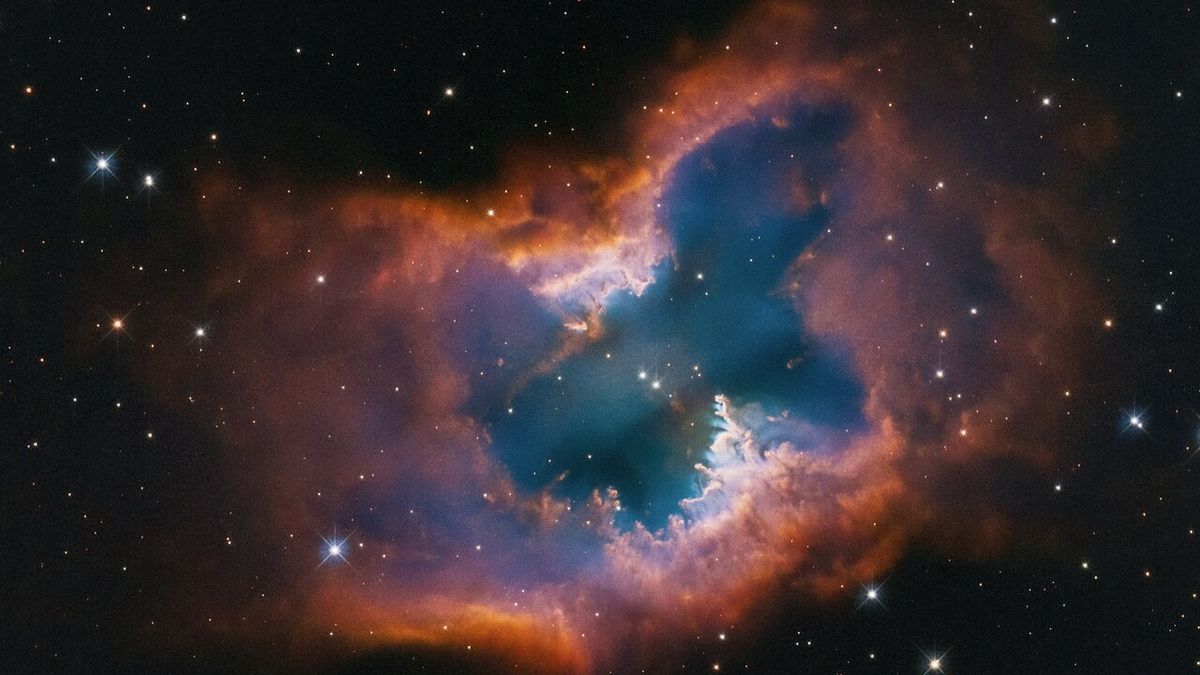ARTICLE AD BOX
 A coronal mass ejection from August, 2012. Credit: NASA/GSFC/SDO
A coronal mass ejection from August, 2012. Credit: NASA/GSFC/SDO
COLORADO SPRINGS — An upcoming exercise will help NASA respond if there is a solar storm during next year’s Artemis 2 mission near the moon.
NOAA’s Space Weather Prediction Center (SWPC) will host an exercise, scheduled for the end of April and early May, to test the ability to react to space weather events during the mission, providing warnings to the four-person crew.
Artemis 2, scheduled to launch no later than April 2026, will be the first time humans have left Earth orbit since Apollo 17 in 1972.
By doing so, they will leave the protection of the Earth’s magnetosphere, which shields them from the worst effects of solar activity.
“The goals we have for this exercise include enhancing our preparedness for human spaceflight endeavors, focusing on the Artemis 2 mission,” said Hazel Bain, a research scientist at the Cooperative Institute for Research in Environmental Sciences at the University of Colorado Boulder. She was speaking as part of a session of the Space Weather Workshop March 19.
The exercise will also evaluate how new space weather products and applications would support the mission. In addition, the study will find ways to improve collaboration among various organizations, including NASA, SWPC, the Defense Department, academia and industry. “We want to get these groups together and understand everyone’s roles and responsibilities,” she said.
The exercise will use space weather data from a past solar storm, although participants won’t be told in advance which event. The exercise will take place at a new testbed facility at SWPC’s Boulder, Colorado, headquarters designed for exercises like this.
NASA has been preparing for how to deal with solar storms from Artemis, which requires a change in procedures and mindsets. “Things are going to be different when we go to the moon because we’re not under the magnetic field most of the time, so it’s always a constant threat,” Steve Johnson of NASA’s Space Radiation and Analysis Group (SRAG) said at the workshop. “It’s a lot different from what we’re used to for station operations.”
Artemis 2 will have several instruments to monitor radiation conditions, and each astronaut will wear a dosimeter, a device that measures the dose uptake of external ionizing radiation.
Johnson said SRAG has also analyzed the design of the Orion spacecraft against several of the largest solar proton events to determine the threshold where the crew would need to go into a storm shelter inside Orion.
That shelter involves taking storage and waste bags in the spacecraft and creating “a little pillow fort,” said Rob Chambers of Lockheed Martin, prime contractor for Orion. The four astronauts would then huddle inside, pressed against one another until the storm subsides. “That’s not a wonderful way to explore,” he said, but is the only option on an Artemis mission where there is no way to immediately return to Earth.
Later missions, though, may have more protection. The uncrewed Artemis 1 mission tested AstroRad, a vest designed to protect the torso from solar protons. One manikin, instrumented with radiation detectors, wore the vest, while an identical one did not. “It worked better than expected the first time out,” he said, reducing the effective radiation dose by 40% to 61%.
The vest could allow astronauts to exit the storm shelter during a solar event to perform critical spacecraft operations while still having some protection. “Just wearing this vest would give you some benefits,” he said. “We can do more than cuddle up under a pillow fort when these things happen.”
Jeff Foust writes about space policy, commercial space, and related topics for SpaceNews. He earned a Ph.D. in planetary sciences from the Massachusetts Institute of Technology and a bachelor’s degree with honors in geophysics and planetary science... More by Jeff Foust

 2 weeks ago
10
2 weeks ago
10







 English (US) ·
English (US) ·